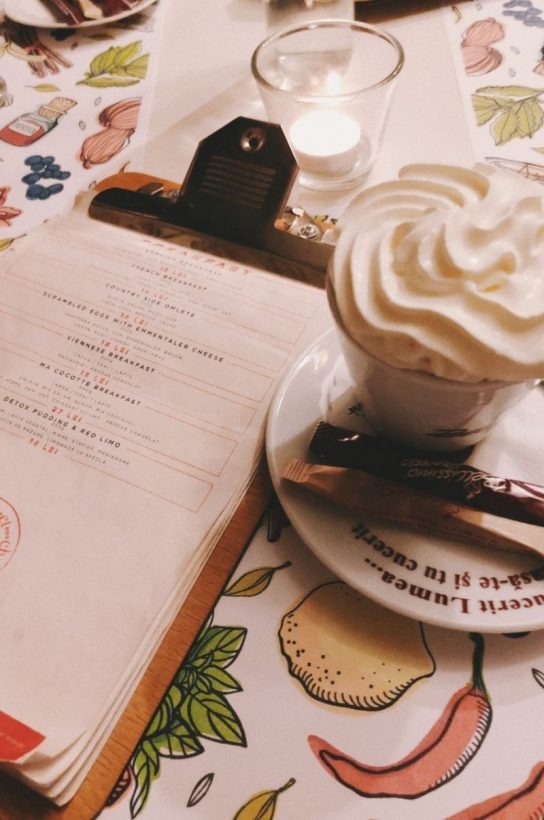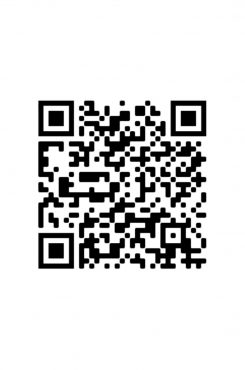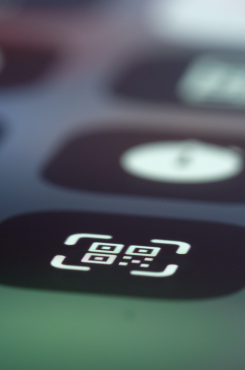Are paper menus a thing of the past?
Published 18 March 2021
sponsored content in collaboration with Square

One of the most important things about the hospitality industry is the human touch, which we know will never be replaced. However, during the past year restaurants have had to embrace technology more than ever before, both to keep their staff and customers safe, and as part of a natural shift. This shift was already in motion prior to lockdown and social distancing measures, and some restaurants had started to move their menus in a digital direction.
As restaurants prepare for a phased reopening of in-person dining, moving away from physical menus seems to make sense. Customers and employers want to avoid unnecessary hand-to-hand contact, as well as reusable items that get passed around between customers. After all, menus are one of the most handled items in a restaurant.
However, are paper menus becoming a thing of the past? What at first might seem like a temporary solution may in fact have staying power, as businesses notice the long-term benefits and overarching impact on streamlining the way their restaurants operate.
QR codes paving the way
QR codes paved the way for digital menus, and they’re making a comeback. Across the globe, QR codes are steadily gaining popularity in the hospitality industry. Their resurgence has been accelerated by the need for contactless options during the pandemic.
The scannable black-and-white squares can be held up to a smartphone camera and instantly open a digital menu. By placing them at customer’s ordering touchpoints – for example tables and kiosks – customers can scan a code with their phone to launch a restaurant’s ordering page and place their order directly, without any need for someone to come to their table.
This technology has enabled restaurants to rethink what the customer ordering experience looks like. When hospitality reopened last summer, some restaurants even offered guests the option of a contact-free experience, where such technology was integral. By shifting to self-serve ordering, restaurants are putting more power in their customers’ hands and streamlining their operations for a smoother experience.
A quick solution with long-term benefits?
At first glance, digital menus might seem like a short-term solution. Both operators and guests desperately want a return to normality, but digital menus do have considerable benefits that will likely outlast these times.
There’s a number of ways digital menus can benefit restaurants, including:
-Flexibility. Restaurants can easily, and quickly, update a digital menu to reflect last-minute menu changes, minimising the chance of having to let a customer know you’re out of an item after they’ve already placed their order.
-Efficiency. Putting the ordering in the hands of the customer helps to streamline your restaurant. By minimising the back-and-forth between waiters and customers, you can serve tables more quickly, increasing the overall number of customers served in a day.
-Connected operations. When an order is placed, it goes directly to your POS and kitchen display system (KDS), seamlessly updating all of your automation tools for a smooth back-of-house.
-Insightful data. Digital menus give you access to insightful data that you can use to optimise your menu for your customers. With more control over the ordering process, you might be surprised at which items become the front-runners on your menu.
-Optimised staff. QR codes and digital menus don’t replace staff, but they do free up their time to focus on customer questions, needs, and ensuring diners have a good experience.
-Autonomy. With self-serve ordering, customers get the freedom to order and reorder when they want. No more having to catch a server’s eye to order another round.
-Sustainability. Printing and reprinting menus has a long-term environmental impact. By switching to digital menus with self-serve ordering, you can be both cost-effective and environmentally conscious.
-Peace of mind. Digital menus do offer customers peace of mind around health and safety concerns that will likely stick around for some time after the pandemic. By limiting contact between the staff and customers, and any shared surfaces, customers can feel safe knowing they’re following health and safety guidelines.
There are also benefits for customers, including the ability to scan QR codes and to order and pay directly from their own device. On the backend, these orders are sent straight to the restaurant’s point-of-sale and kitchen display systems, just like server-entered orders would be. While these tools help to limit server interactive, they are still interactive. And right now, when guidelines are instructing people to make space between themselves and others, they can help customers to feel safe eating out.
To learn more about introducing QR codes and contactless ordering for your website, visit Square
To read more sponsored content in collaboration with Square, click here




